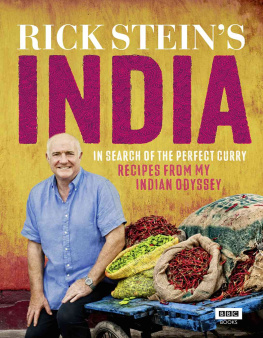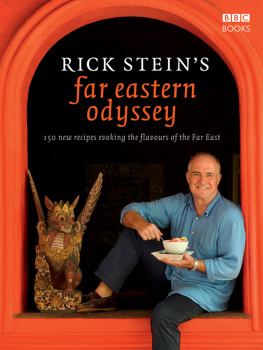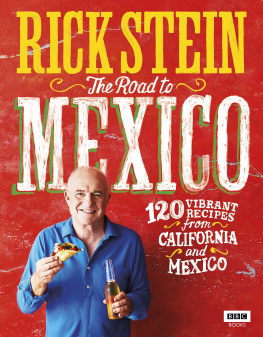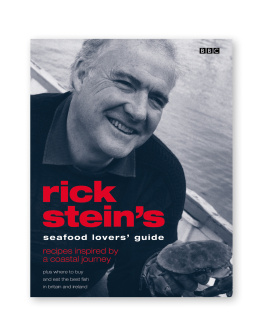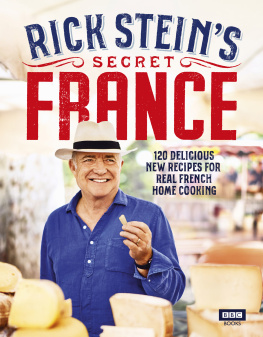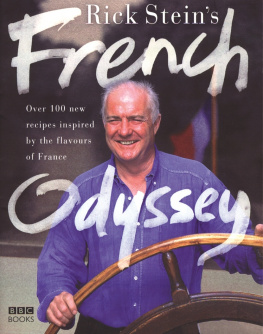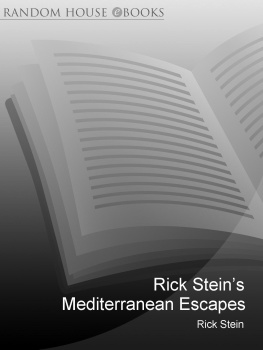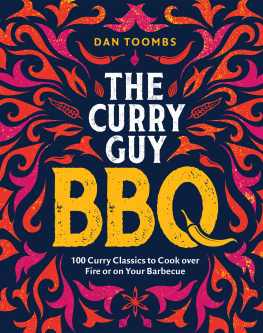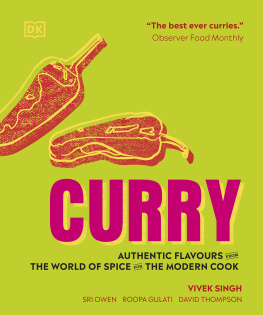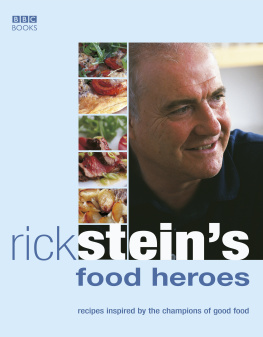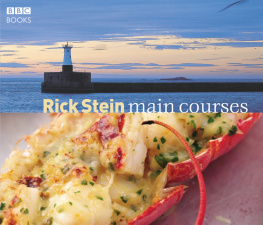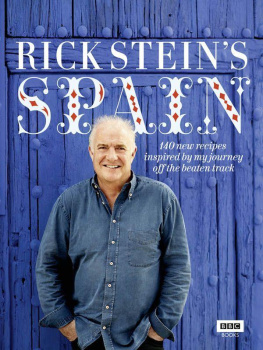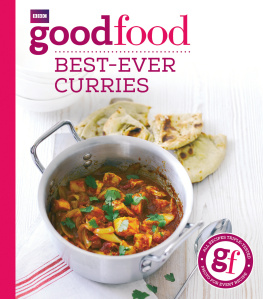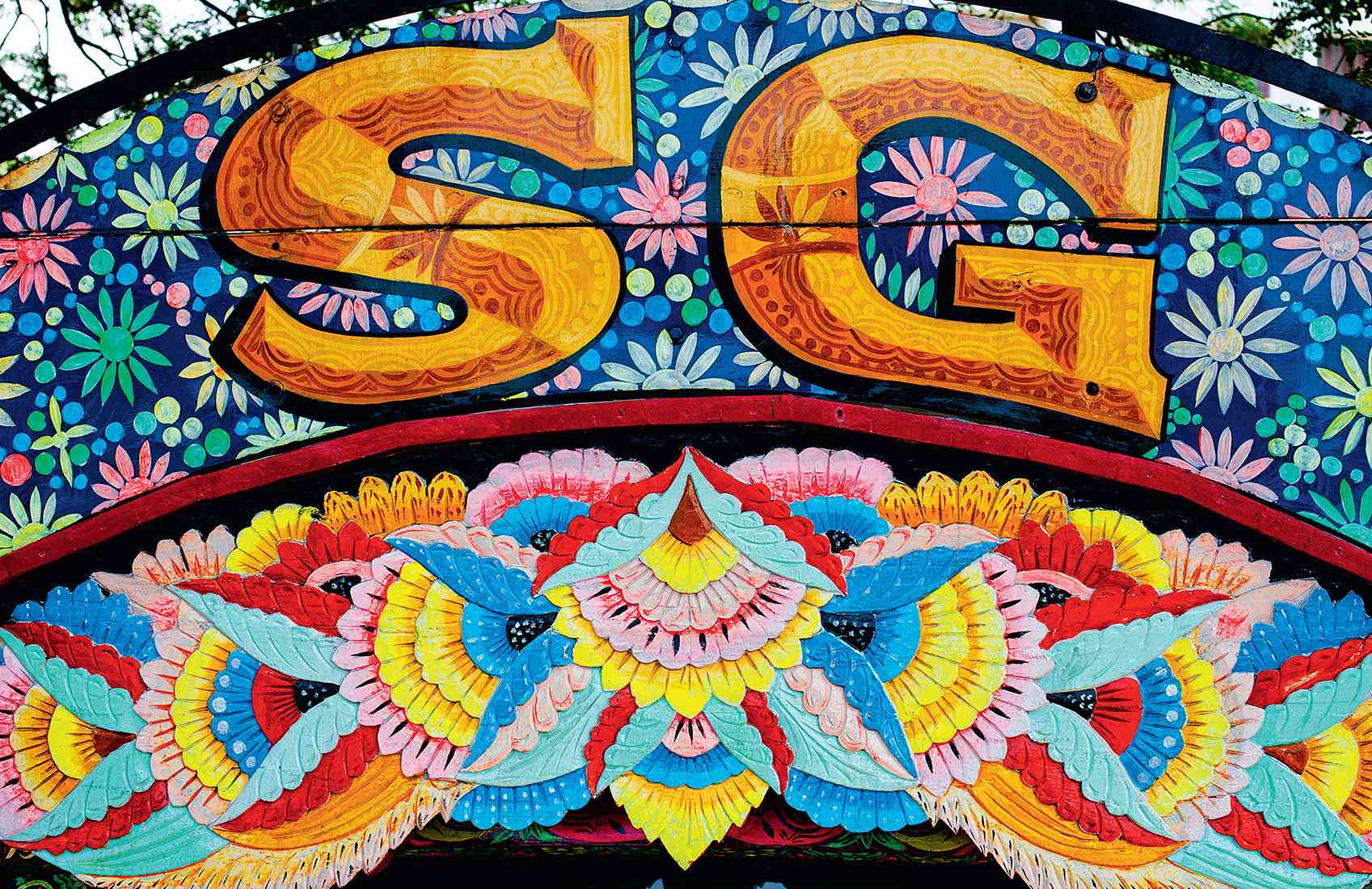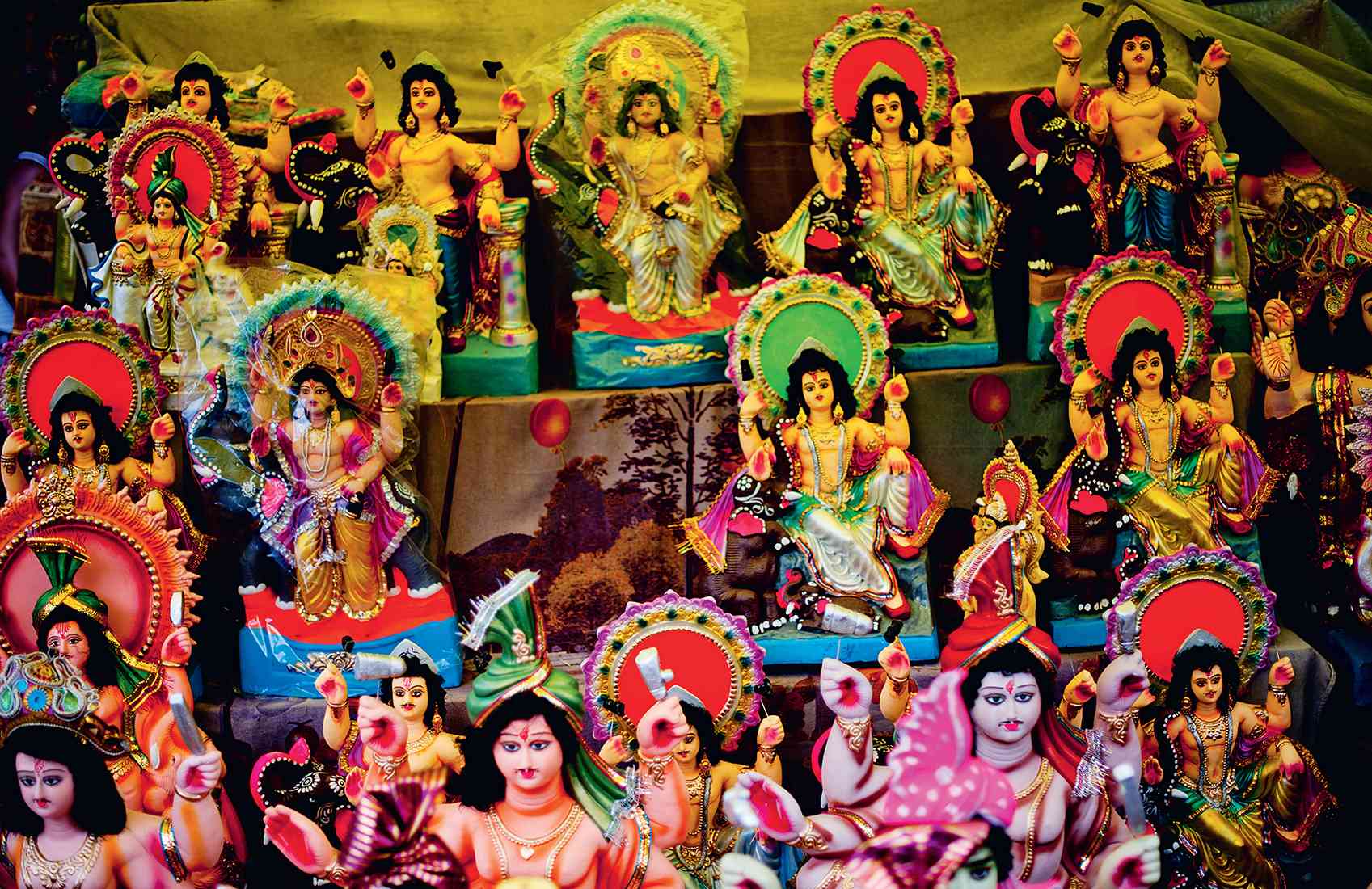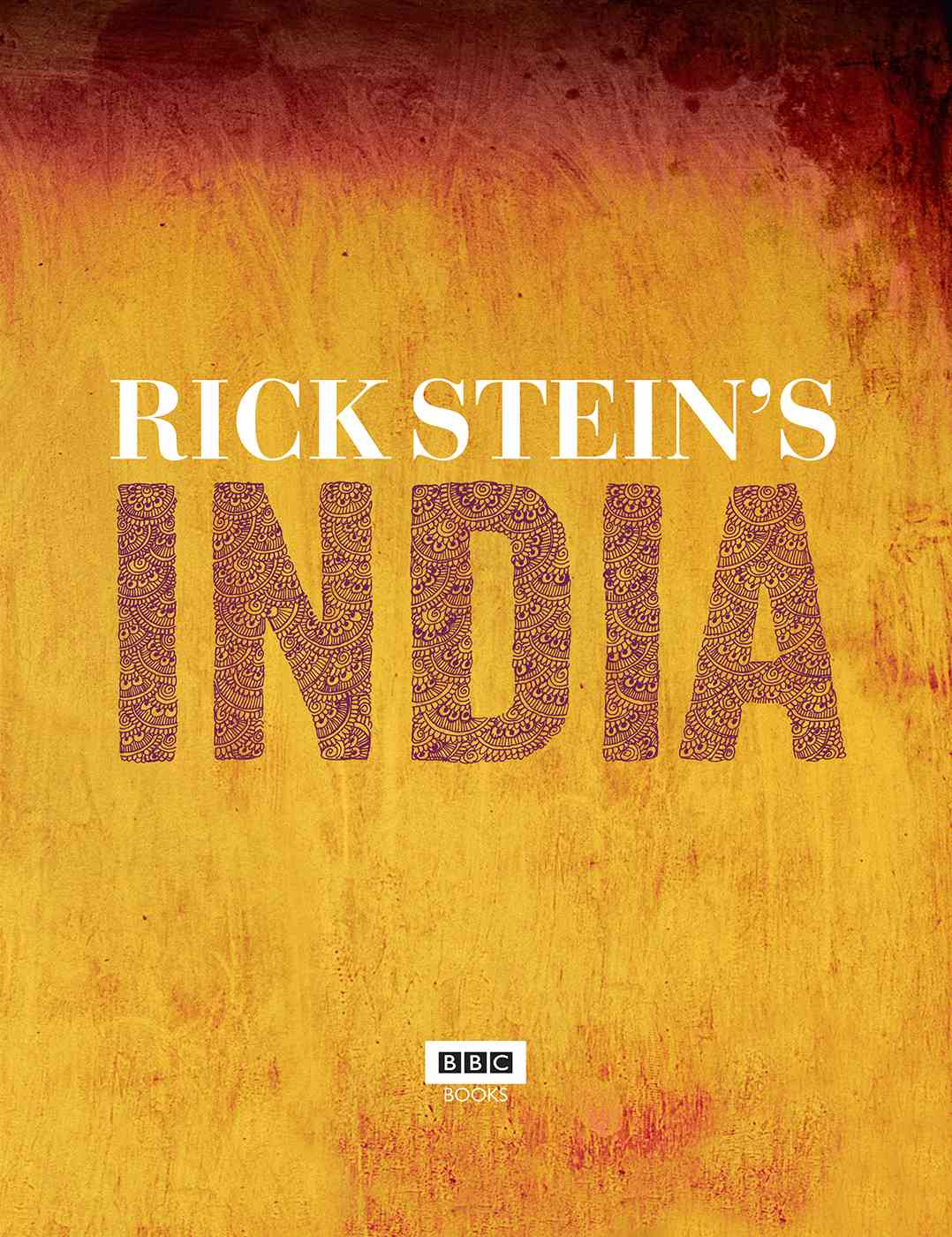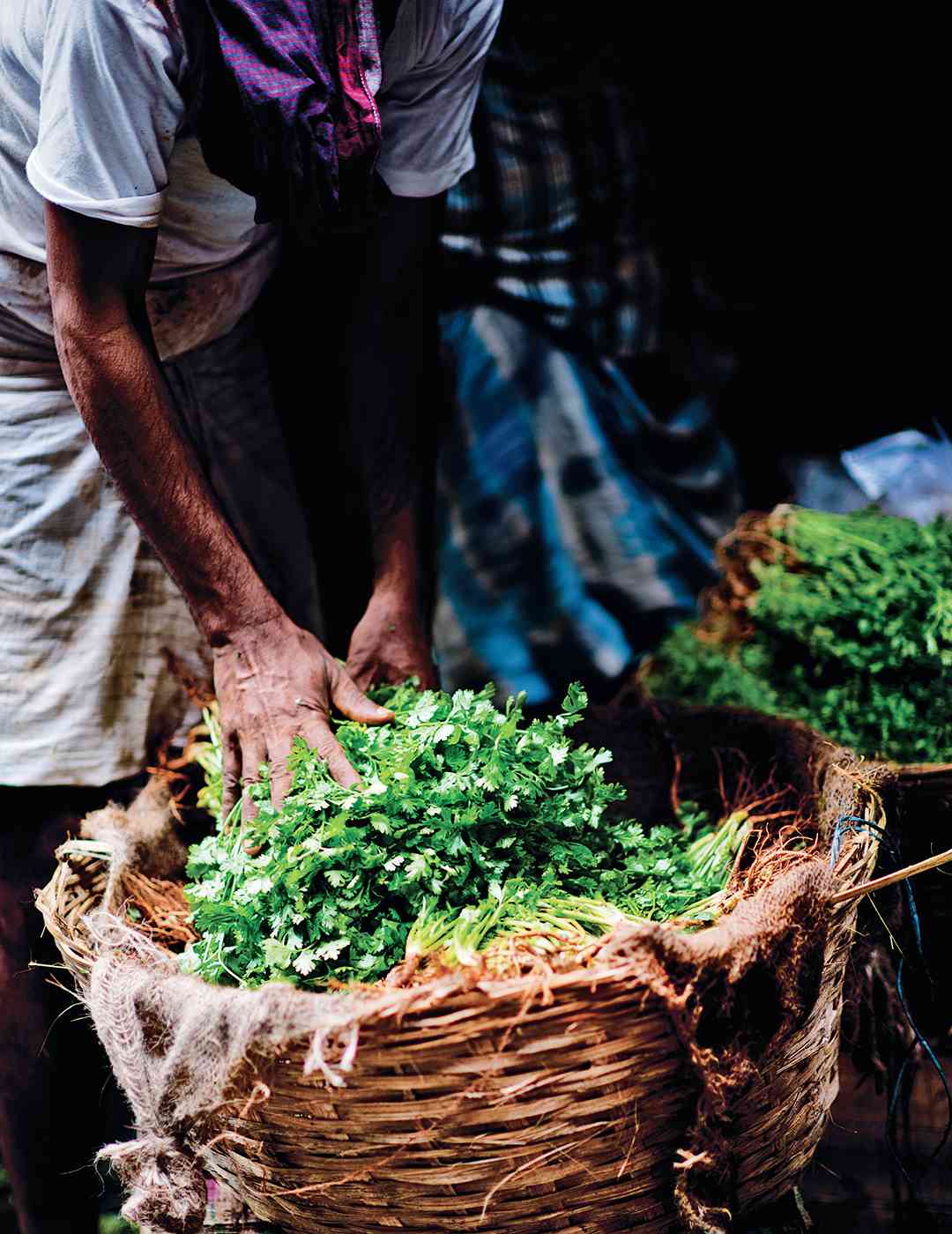CONTENTS

are street snacks the most irresistible food in India?

succulent vegetable dishes, transformed by spice

the incomparable taste of fish and shellfish, coconut, tomato, tamarind and spice

spicy and creamy chicken curries, fragrant rice dishes and a little roast duck

deep and dark meat curries, kormas, pulaos and biryanis

kulfi, nimish and some other indulgent Indian sweets
This ebook is copyright material and must not be copied, reproduced, transferred, distributed, leased, licensed or publicly performed or used in any way except as specifically permitted in writing by the publishers, as allowed under the terms and conditions under which it was purchased or as strictly permitted by applicable copyright law. Any unauthorized distribution or use of this text may be a direct infringement of the authors and publishers rights and those responsible may be liable in law accordingly.
Version 1.0
Epub ISBN 9781448141067
www.randomhouse.co.uk
This book is published to accompany the television series entitled Rick Steins Indian Odyssey, first broadcast on BBC Two in 2013.
The series was produced for BBC Television by Denham Productions
Producer and director: David Pritchard
Associate producer: Arezoo Farahzad
Executive producer for the BBC: Tanya Shaw
10 9 8 7 6 5 4 3 2 1
First published in 2013 by BBC Books, an imprint of Ebury Publishing
A Random House Group Company
Text Rick Stein 2013
Rick Stein has asserted his right to be identified as the author of this Work in accordance with the Copyright, Designs and Patents Act 1988
Photography James Murphy 2013
Design Woodlands Books Ltd 2013
All rights reserved. No part of this publication may be reproduced, stored in a retrieval system, or transmitted in any form or by any means, electronic, mechanical, photocopying, recording or otherwise, without the prior permission of the copyright owner.
The Random House Group Limited Reg. No. 954009
Addresses for companies within the Random House Group can be found at www.randomhouse.co.uk
A CIP catalogue record for this book is available from the British Library.
ISBN: 978 1 849 90578 7
Commissioning editor: Muna Reyal
Project editor: Mari Roberts
Assistant editor: Joe Cottington
Recipe editor: Louisa Carter
Design and art direction: Smith & Gilmour
Photographer: James Murphy
Food stylist: Aya Nishimura
Assistant food stylist: Xenia von Oswald
Prop stylist: Penny Markham
Henna artist: Riffat Bahar
Colour origination by AltaImage, London
To buy books by your favourite authors and register for offers visit www.randomhouse.co.uk
INTRODUCTION
Whenever I hear the word curry, Im filled with a longing for spicy hot food with the fragrance of cumin, cloves and cinnamon. I see deep-red colours from lots of Kashmiri chillies tinged with a suggestion of yellow from turmeric. I think of the tandoor oven, and slightly scorched naan shining with ghee and garlic; of a bowl of dark dal to assuage the heat of the curry, a green chutney of coriander and mint, and a plate with a few tomatoes, cucumbers and sliced onions tinged with pink, all sprinkled with salt and fresh lime juice. At home I have a little sign I put on the front door of my cottage in Padstow which says, Gone Swimming . Maybe Ill get one which says, Gone for a Curry. The sense of leaving home for something completely satisfying is the same.
The sign would have been there for quite a time while I went for a curry or two in India to make the TV series that accompanies this book. About three months in total, give or take a couple of trips to Australia in between
WHAT IS A CURRY?
I wanted to find the perfect curry. I did some research on the subject before I left and began to think that my quest might be fruitless as the Indians dont really understand what we mean by curry; that its a word to describe the British Rajs rather second-rate interpretation of Indian cuisine. I was also told that the sort of Anglo-Indian cooking that was part of my upbringing dishes like kedgeree, mulligatawny soup and beef curry with sultanas and desiccated coconut were anathema to the Indians.
But when I got to India, I realized that curry was just as much part of their vernacular as ours. Its more specific to them, but they knew perfectly well what we meant. To them, it means a dish with lots of what they call gravy, and what we would call a sauce, made with a masala a combination of ground spices and vegetables, such as onion, garlic and ginger with turmeric, chilli and, more often than not, coriander, cumin, cardamom, cloves, cinnamon, black peppercorns and nutmeg, with liquid in the form of water, tomatoes, ghee or yogurt, and, in the south, coconut milk.
They well understood our use of the word, too, as little more than a generic name for the food of the Indian subcontinent. They had little to say about Anglo-Indian cuisine, because these days it doesnt exist, except in pockets like the old colonial Madras Club in Chennai. But if they do remember those old dishes, its with nostalgia for places like the station restaurants in the 1950s and 1960s, part of a railway system created by the British. It would certainly not be with any disdain about how awful it was, apart, that is, from curry powder, which was described to me as absolutely horrendous, but that would have been a peculiarity of Indian food in England.
Curry, therefore, is a word that, to me, very broadly describes all of the cooking of the subcontinent. A true curry would . But I wouldnt want to exclude the spicy dry-roasted red meat and fish from the tandoor oven or the myriad of deep-fried puffs of battered vegetables, fish and meat, the pakoras, the samosas, prawn fritters. Id even call smooth, slightly spicy dals flavoured with curry leaves or mustard seeds or turmeric or tomato a curry. Even the glorious rice dishes: biryani and pulao, flavoured with meat, seafood or vegetables with saffron and rosewater.
The search for a perfect curry was a quest to understand Indian food in all its complexities. Why some spices are essential in some dishes, when they are added and how to cook them; how the principles of Ayurveda, the ancient Hindu system for health and harmony in life, underlie so much of the food culture in India. How the food of the Persians with their love of robust meat dishes has overlaid the traditional vegetarian food of the Hindus. It was also about understanding the Indian respect for and sense of comfort from home cooking. I wanted to travel everywhere for dishes deeply flavoured with chilli and spice, a delight to the eye in their rich colours, to understand this fascinating country. Because when Indians talk of food they talk of their life.

